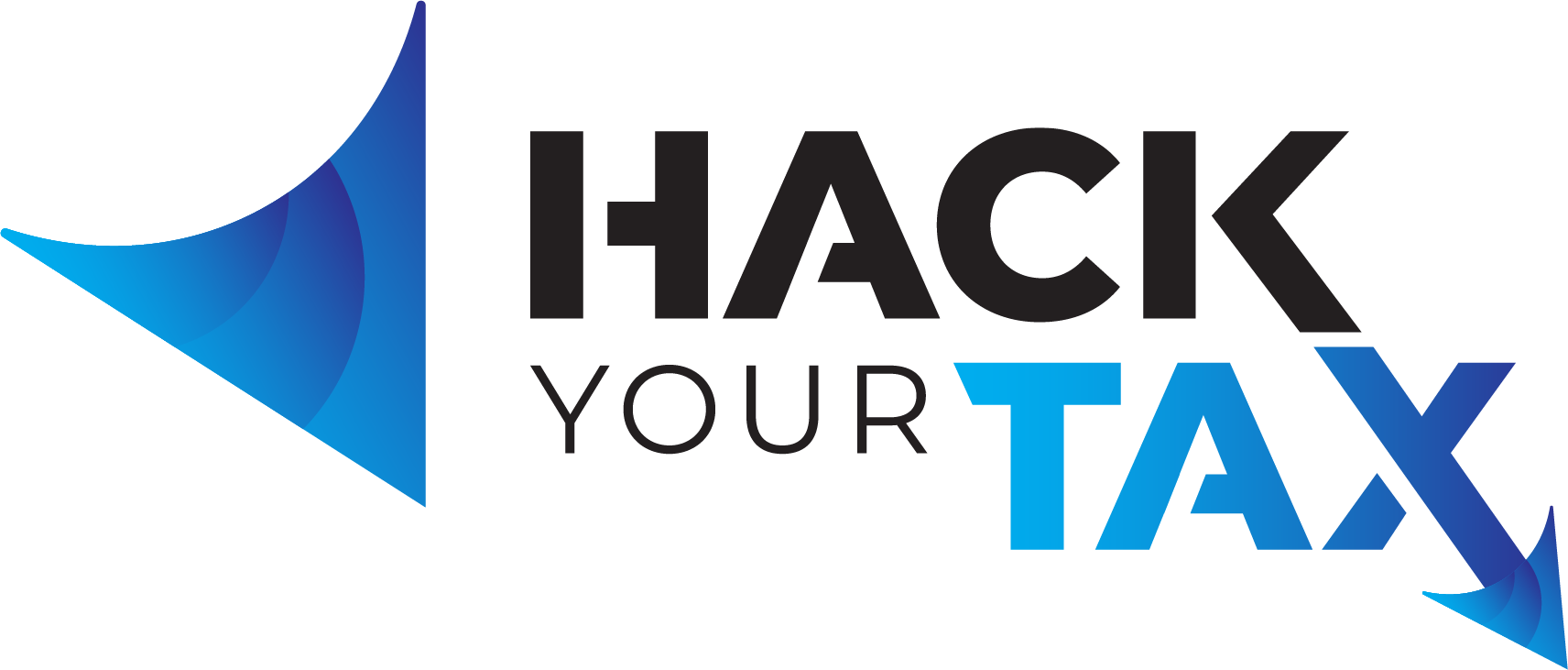Qualified Opportunity Zones: The Land of Myth and Money
The Qualified Opportunity Zones tax incentive to promote growth in low-income zones begins to take on a mythical feel. Nearly 60% of American zones met criteria and even included neighborhoods with median household incomes of $130,000. With the IRS offering investors options to amend 2017 returns to include OZ participation and laws that have yet to be finalized, this tax incentive has already launched millions of dollars of development investment and activity in our own area, and much more across the nation.
An extensive article from the Tax Master Network on QO Zones and QO Funds became the inspiration for this third blog on Opportunity Zones and Funds.
“Don’t let the tax tail wag the investment dog.”
How Qualified Opportunity Zones emerged
2018 legislation introduced into still-emerging TCJA tax laws of 2017 a new capital gains mitigation strategy in the form of Qualified Opportunity Zones (QOZs) to encourage investment in specific “economically distressed” communities. This wasn’t, by any means, a new concept. Opportunity zones were being kicked around in 1986 (and less specifically even earlier) with various tax breaks authorized for “Empowerment Zones” and “Renewal Communities.” But this new Opportunity Zone program was far more creative, and looked for and found percentages and figures to increase the original 40 empowerment zones and renewal communities into 8,700 Qualified Opportunity Zones. To encourage investors, self-qualifying Qualified Opportunity Funds were created with precious little federal oversight or control.
The philanthropic myth of creation
The Opportunity Zone concept was introduced in a 2015 paper to help address persistent poverty and uneven recovery that left too many American communities behind. This humanitarian program, offering extremely favorable capital gain treatment for taxpayers who invest in designated low-income communities, amazingly encompassed 57% of all neighborhoods in the U.S. as determined by data from the American Community Survey (ACS) from 2011 to 2015.
Each State, including DC and U.S. possessions, nominated locations by census tracts to participate. States were given the option to use the ACA’s later 2012 to 2016 iteration and could use their own, recent appraisal of economic conditions to pick places that were already on the up and up. Among others, individuals with means and property development knowledge participated in zone selection.
On average, states selected relatively disadvantaged areas, but nearly one out of four selections were areas with relatively low poverty rates, and some were better off than areas not selected. From each state’s selections, the IRS designated 8,700 Qualified Opportunity Zones or about 12% of the country’s census tracts to receive improvements by self-qualified Qualified Opportunity Funds.
Not all Qualified Opportunity Zones are created equal and the myth of distress and left-behind communities becomes blurred. In November 2018, Amazon announced plans to establish a second headquarters in the qualified opportunity zone Long Island City neighborhood of New York. The area is gentrifying fast, with gleaming new high-rise condos and apartments with stunning Manhattan views and a median household income of $138,000. The Tax Master Network
“Don’t let the tax tail wag the investment dog.”
The overall result opened the door of opportunity to long-term capital gain tax treatment for well-heeled investors across the nation. With retroactive clauses in the tax laws, investors had, and have the option to amend taxes to include 2017 participation. This is a savvy tax strategy and I have clients participating in the Qualified Opportunity Zones and Funds program.
The elusive self-qualifying Qualified Opportunity Fund
Identifying and selecting opportunity zones is mired in the myth and mystery of humbly raising up the impoverished. What or who is the fund? Much like Who’s On First? identifying the players can get tricky. Investors seeking tax benefits are those who have pre-existing capital gains and those who expect to face future capital gain taxes.
Simply put, the who or what are well-heeled individuals forming corporations or partnerships created (and self-qualified) for the purpose of investing in a QOZ and holding at least 90% of their assets in QOZ property. QOZ property is tangible property, including real estate, acquired after December 31, 2017, which is first used within the zone by the fund, or which is “substantially improved” by the fund after acquisition, meaning the fund must increase the property’s basis by more than 100% within a 30-month period after the acquisition.
The OZ program operates through the tax code and the benefit is in the form of capital gains. The TCJA allows the investor to postpone tax on gains in any investment if the proceeds are rolled into a Qualified Opportunity Fund. Further, part or all of the gains earned in the QOF can be excluded if the position is held long enough. As it stands in early 2019, the laws have yet to be finalized and there are few guardrails at the federal level. Direction is left to states and localities.
Qualified Opportunity Zones expire completely on December 31, 2028, but funds invested before that date can still be held, but no new investments can be made.
OZ is tax gaming and you’re in for the long haul
The tax advantages seem like an obvious draw and the defer-and-avoid strategy like something out of the movies. That’s flash and bright lights that can often be hard to resist. I strongly advocate tax avoidance and consider tax gaming as tax avoidance on steroids. I guide my clients to include QOFs as part of their overall strategy to manage their investment and financial life goals.
The Qualified Opportunity Zones program began during (possibly before) the transition into major TCJA tax overhauls that still contain unfinalized rules. We know what the tax rules are today, but we don’t know what December 31, 2026, will offer when tax on deferred gain is due.
QOF holds a fine print exit disadvantage
If you die while you own an investment in a QOF, any untaxed gain on the investment deferred into that fund is considered “income in respect of a decedent,” which is legalese for “income we didn’t tax you on while you were alive so we’re going to tax you on it now that you’re dead.” There’s no chance to benefit from the usual stepped-up basis that you would have enjoyed if you had just held your original investment until you died. Tax Master Network
Let’s do this together
To quote The Tax Master Network again, “Don’t let the tax tail wag the investment dog.” There’s no way to know what tax laws will look like in the future when tax on deferred gain is due. Tax laws change. Flexibility in your overall tax strategy is critical.
I know and understand the fine art of tax gaming, and that tax avoidance is when my client stands firmly, toes to the line, on the regulations that the IRS has established.
You can have the same opportunities as my clients have to control your own financial future. I can become your CPA tax specialist and financial business and life goals adviser, and you can have the control you need and demand.
Call us at 479-668-0082. Use my Calendly Page (it’s easy) to set an appointment or you can email us.
I earned my reputation as The Radical CPA
List of Opportunity Zones (Arkansas begins on pg 18)
Investing in Qualified Opportunity Funds (Proposed Rules)
Tax Gaming is Highly Complicated but worth it!


